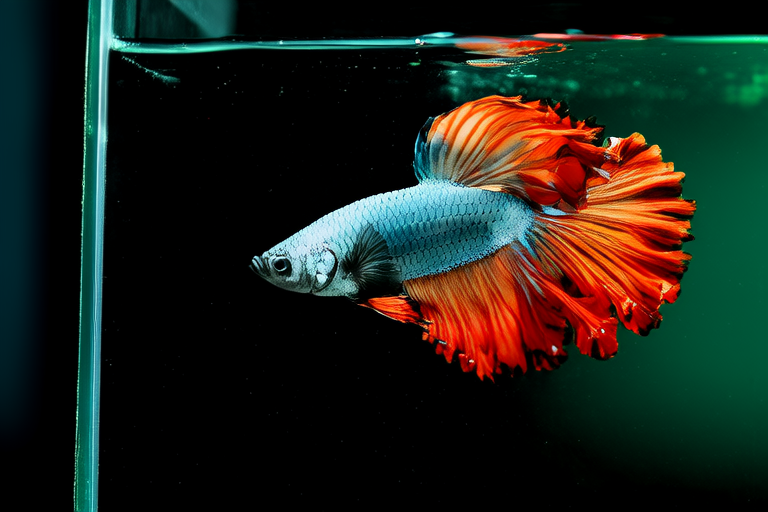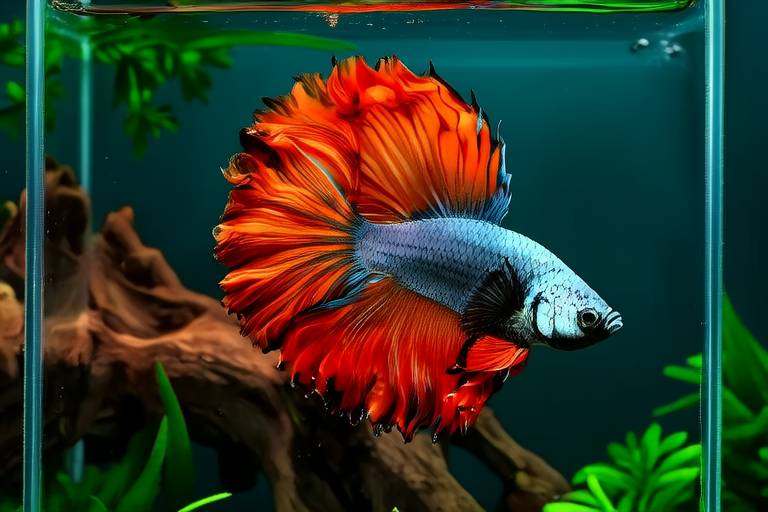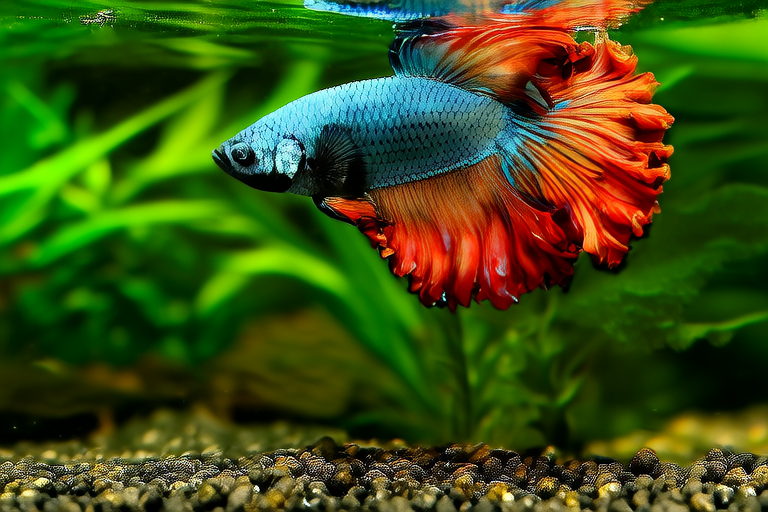
Tank Triumphs: Ultimate Guide to Setting Up for Your Betta
Welcome to your ultimate guide to setting up the perfect home for your betta fish! Whether you’re a first-time fish owner or an experienced aquarist, this comprehensive guide will help you create a thriving environment that keeps your betta healthy and happy. Let’s dive into the essential aspects of setting up a betta’s habitat, from tank size and water parameters to filtration systems, decorations, feeding, and maintenance tips.
Choosing the Right Tank Size
The first step in creating a suitable environment for your betta is choosing the right tank size. Many people mistakenly believe that a small bowl is sufficient for a betta, but this is far from ideal. Bettas are active swimmers, and they need ample space to move around comfortably. The minimum recommended tank size for a betta is 5 gallons, but a 10-gallon tank is even better if you have the space. This larger tank allows for better water circulation and stability, which is crucial for maintaining optimal water conditions.
Ideal Water Parameters
Temperature
Maintaining the correct temperature is vital for your betta’s well-being. Bettas thrive in water temperatures between 76°F and 82°F (24°C and 28°C). To achieve and maintain this range, consider investing in a reliable aquarium heater. It’s important to monitor the temperature regularly with a thermometer to ensure it stays within the desired range.
pH Level
Bettas prefer slightly acidic to neutral water, with a pH level ranging from 6.5 to 7.5. Consistency is key here; sudden changes in pH can stress your betta and lead to health issues. If your tap water doesn’t naturally fall within this range, you may need to adjust it using pH buffers or conditioners specifically designed for freshwater aquariums.
Filtration System Suggestions
A proper filtration system is essential for keeping your betta’s tank clean and healthy. While bettas are known for their labyrinth organs, which allow them to breathe air directly from the surface, they still require well-filtered water to thrive. Choose a filter that matches the size of your tank and provides gentle water flow. Avoid overly strong filters that could stress your betta with too much current. Consider a sponge filter or an internal filter that provides both mechanical and biological filtration.
Decorations and Hiding Spots
Creating a visually appealing and enriching environment for your betta involves selecting appropriate decorations and hiding spots. Bettas love to explore and hide, so include plants, caves, and driftwood to mimic their natural habitat. Live or high-quality artificial plants provide excellent hiding places and help maintain water quality by absorbing excess nutrients. Ensure any decorations are smooth and free of sharp edges to prevent injury to your betta.
Feeding Guidelines
Proper nutrition is crucial for your betta’s health and vitality. Bettas are carnivorous and should be fed a diet rich in protein. High-quality betta pellets or flakes are ideal, as they provide balanced nutrition. Supplement their diet with occasional treats like frozen or freeze-dried bloodworms, brine shrimp, or daphnia. Feed your betta two to three times daily, offering only what they can consume within a couple of minutes to prevent overfeeding.
Maintaining Water Quality
To ensure your betta remains healthy and happy, it’s important to maintain excellent water quality. Regular water changes are necessary to remove waste products and maintain stable water parameters. Aim to change about 25% of the water weekly, using a gravel vacuum to clean the substrate. Always treat tap water with a dechlorinator before adding it to the tank to remove harmful chemicals. Additionally, monitor water parameters such as ammonia, nitrite, and nitrate levels regularly, and address any imbalances promptly.
Common Mistakes to Avoid
- Overcrowding: Avoid keeping multiple fish in the same tank, as bettas are generally solitary and can become stressed or aggressive in crowded environments.
- Improper Filtration: Ensure the filter is adequate for the tank size and provides gentle water flow.
- Inconsistent Water Conditions: Keep water parameters consistent to avoid stressing your betta.
- Incorrect Feeding Habits: Overfeeding can lead to poor water quality and health issues, so feed only what your betta can eat within a few minutes.
Ensuring Your Betta’s Health and Happiness
By following these guidelines, you’ll be well on your way to providing a thriving environment for your betta. Remember, patience and regular maintenance are key to ensuring your betta’s health and happiness. Observe your betta regularly for any signs of illness or stress, and don’t hesitate to consult a veterinarian if you notice any concerning behaviors. With the right setup and care, your betta will live a long and fulfilling life in its new home.
Setting up a betta’s habitat requires attention to detail and a commitment to maintaining optimal water conditions. By understanding the essential aspects of tank size, water parameters, filtration, decorations, feeding, and maintenance, you can create a thriving environment that keeps your betta healthy and happy. Enjoy watching your vibrant and energetic betta thrive in its new home!






